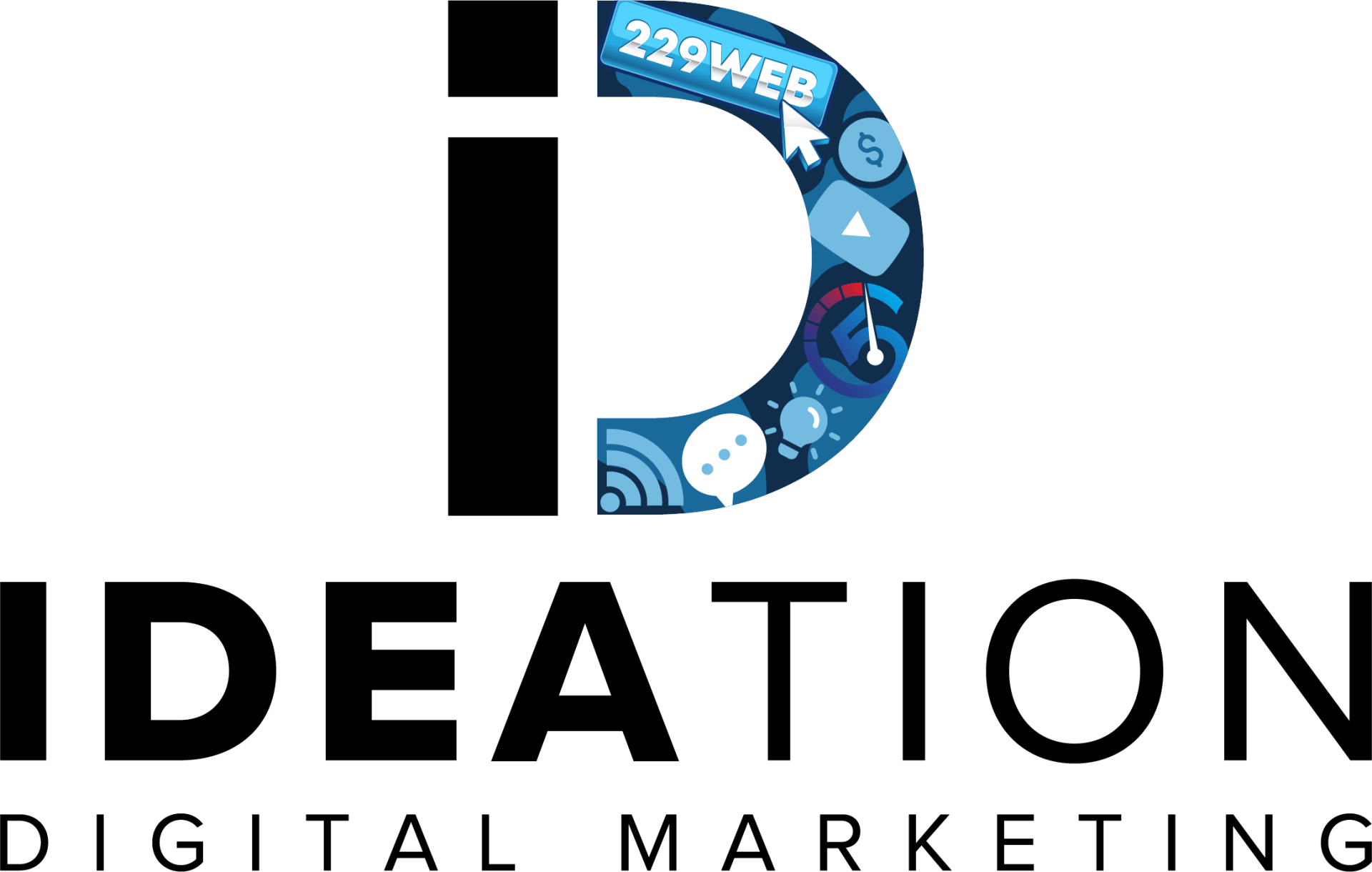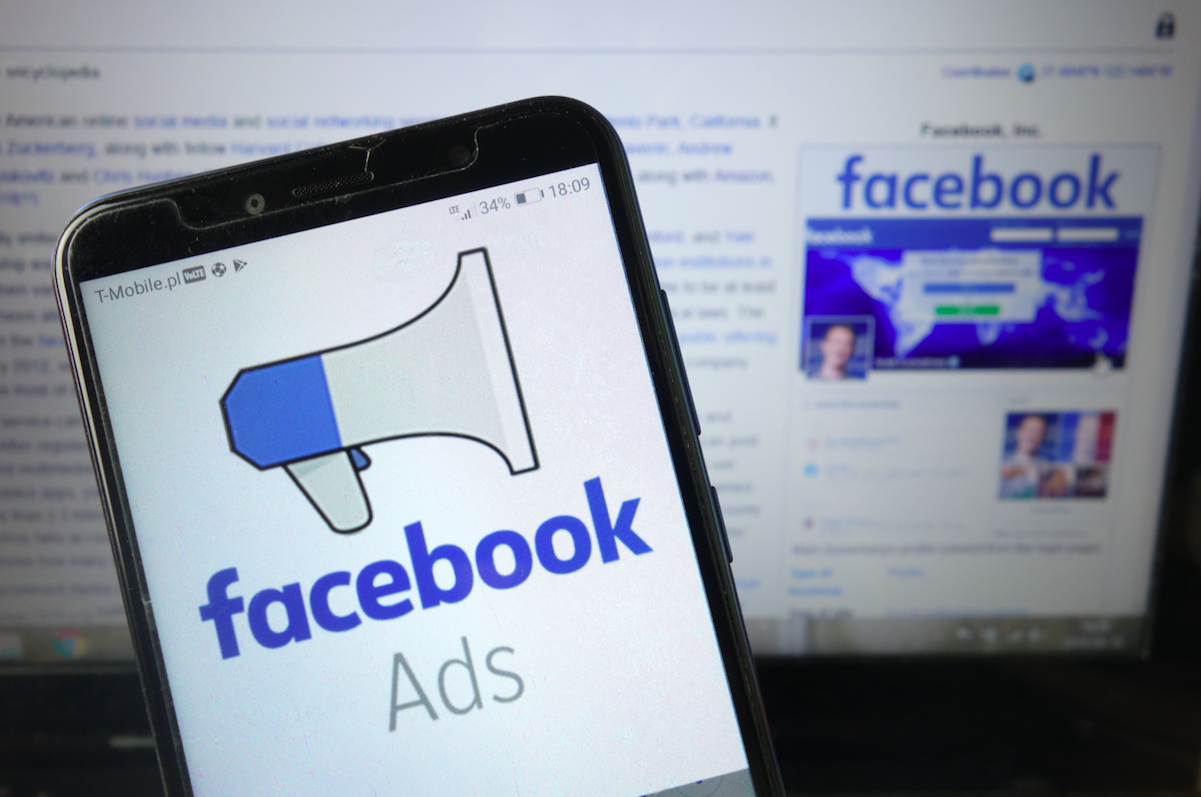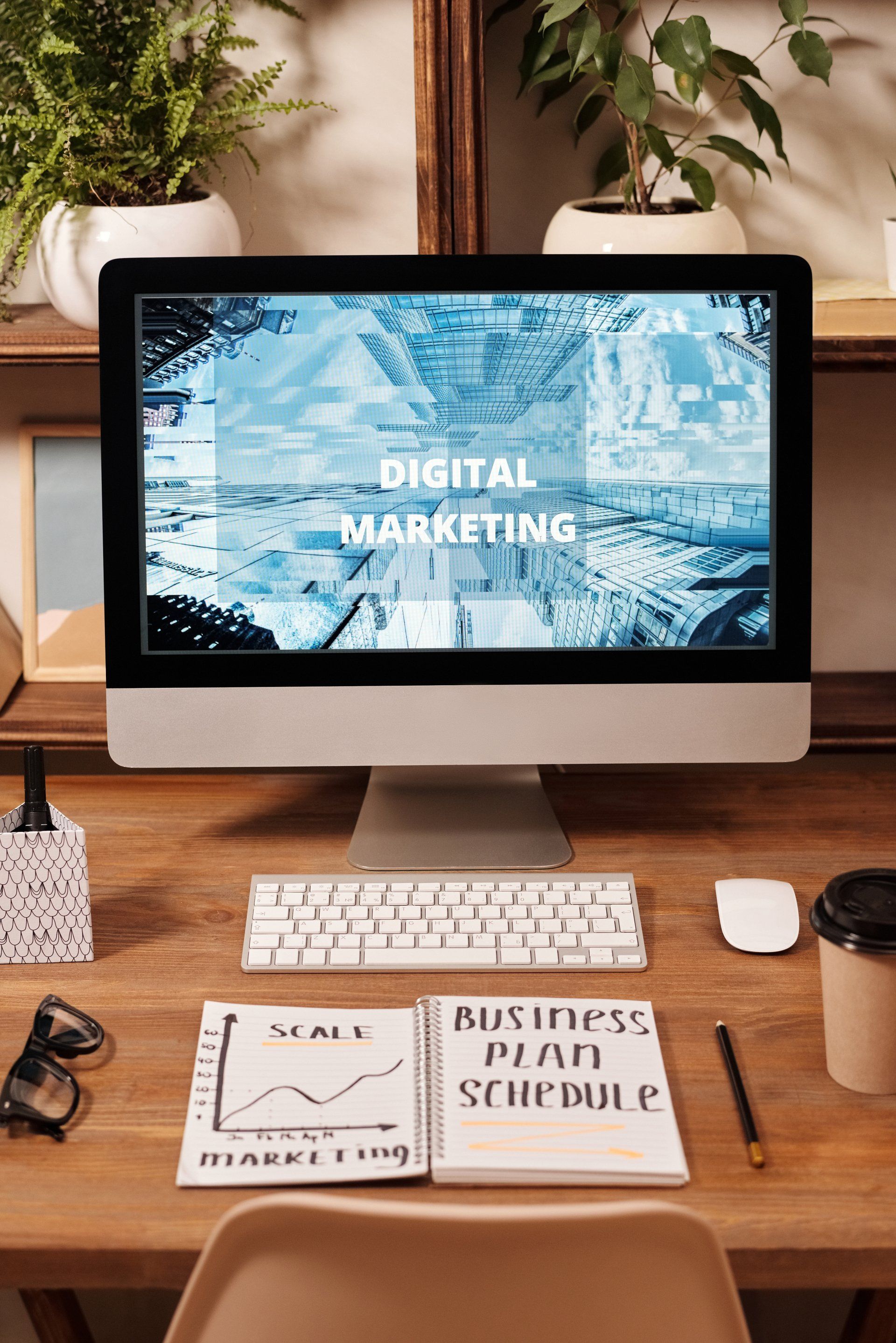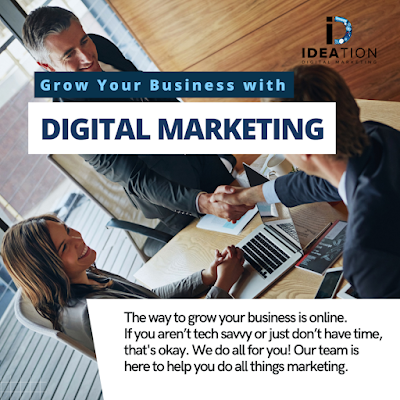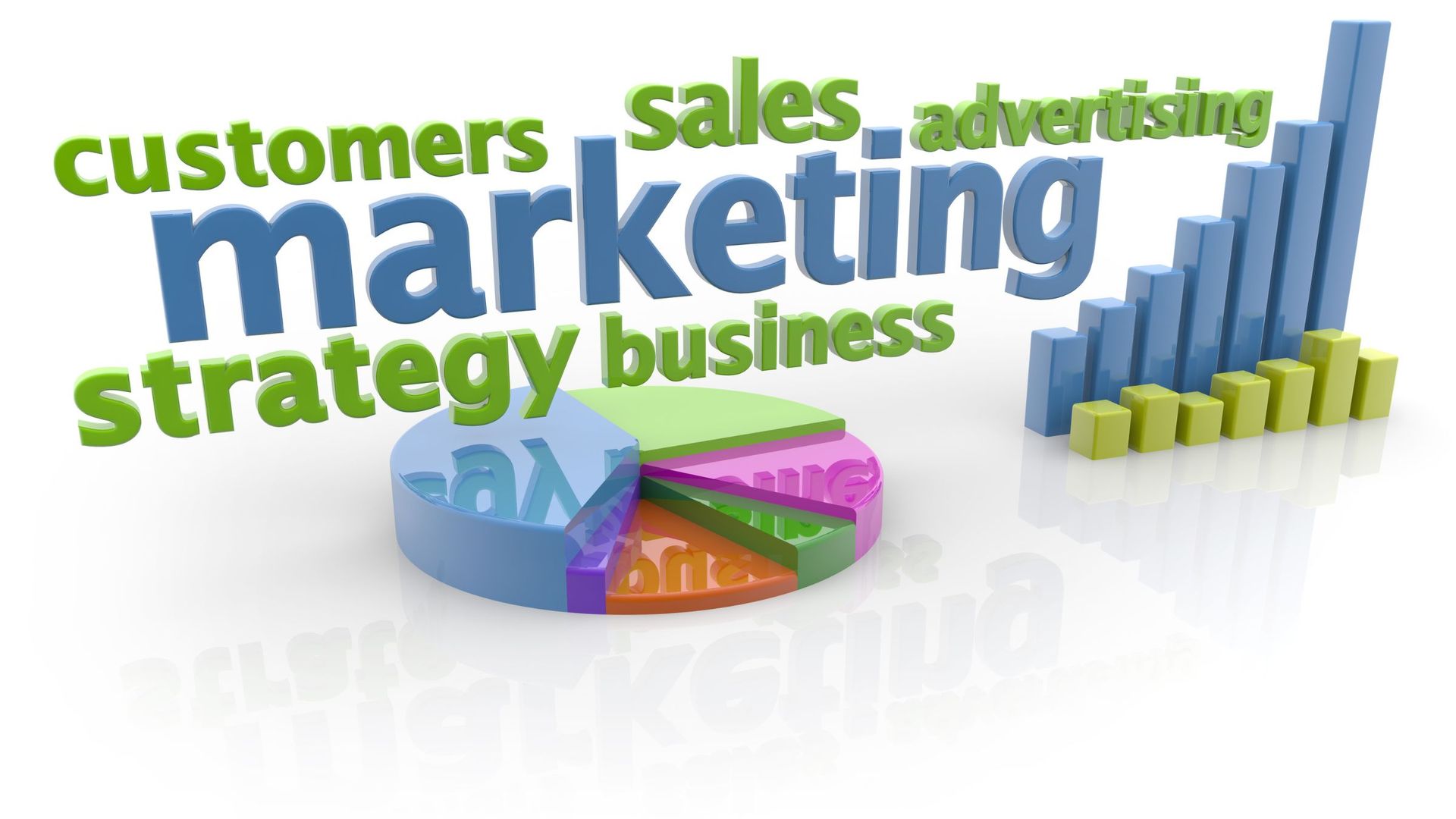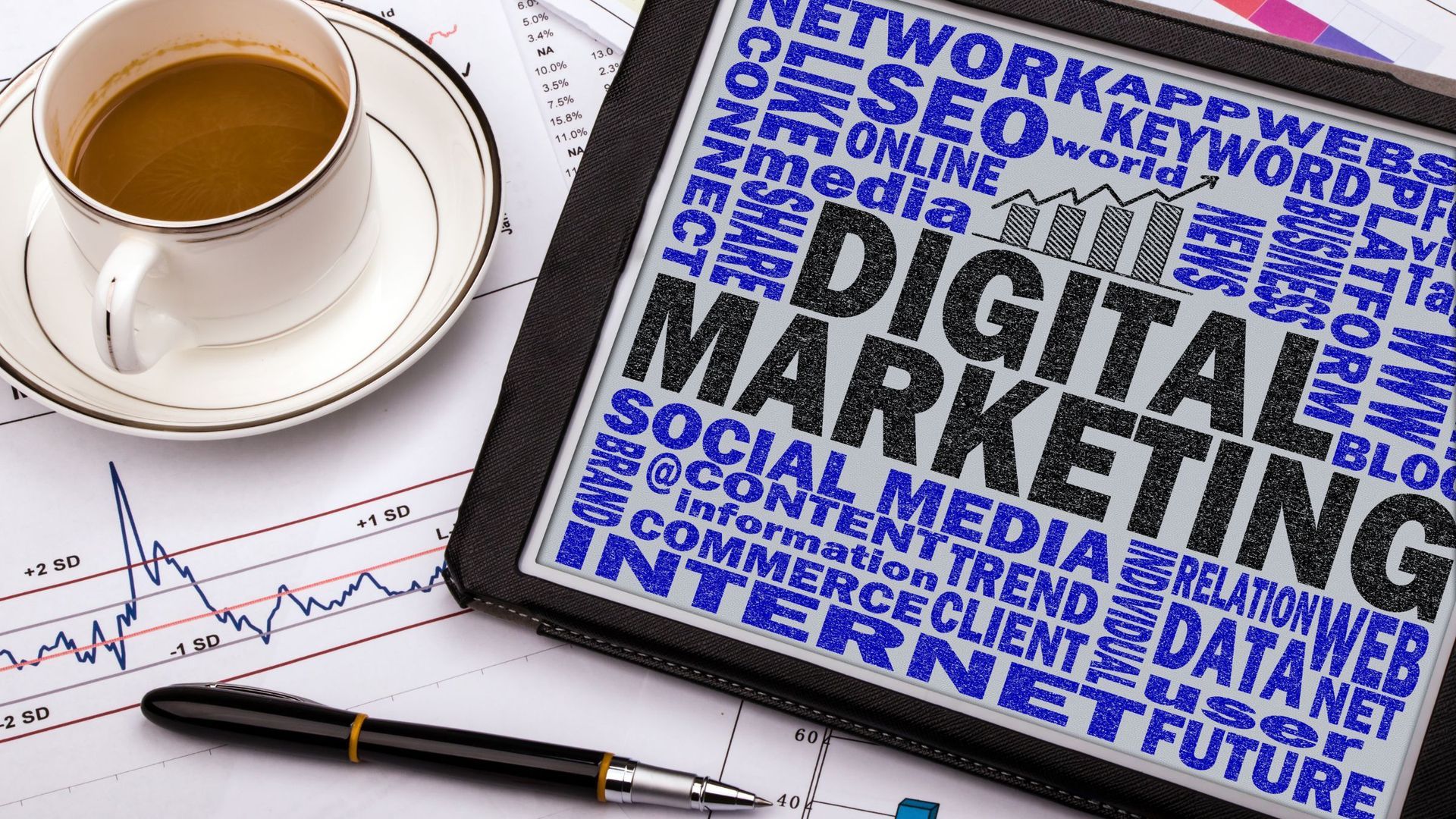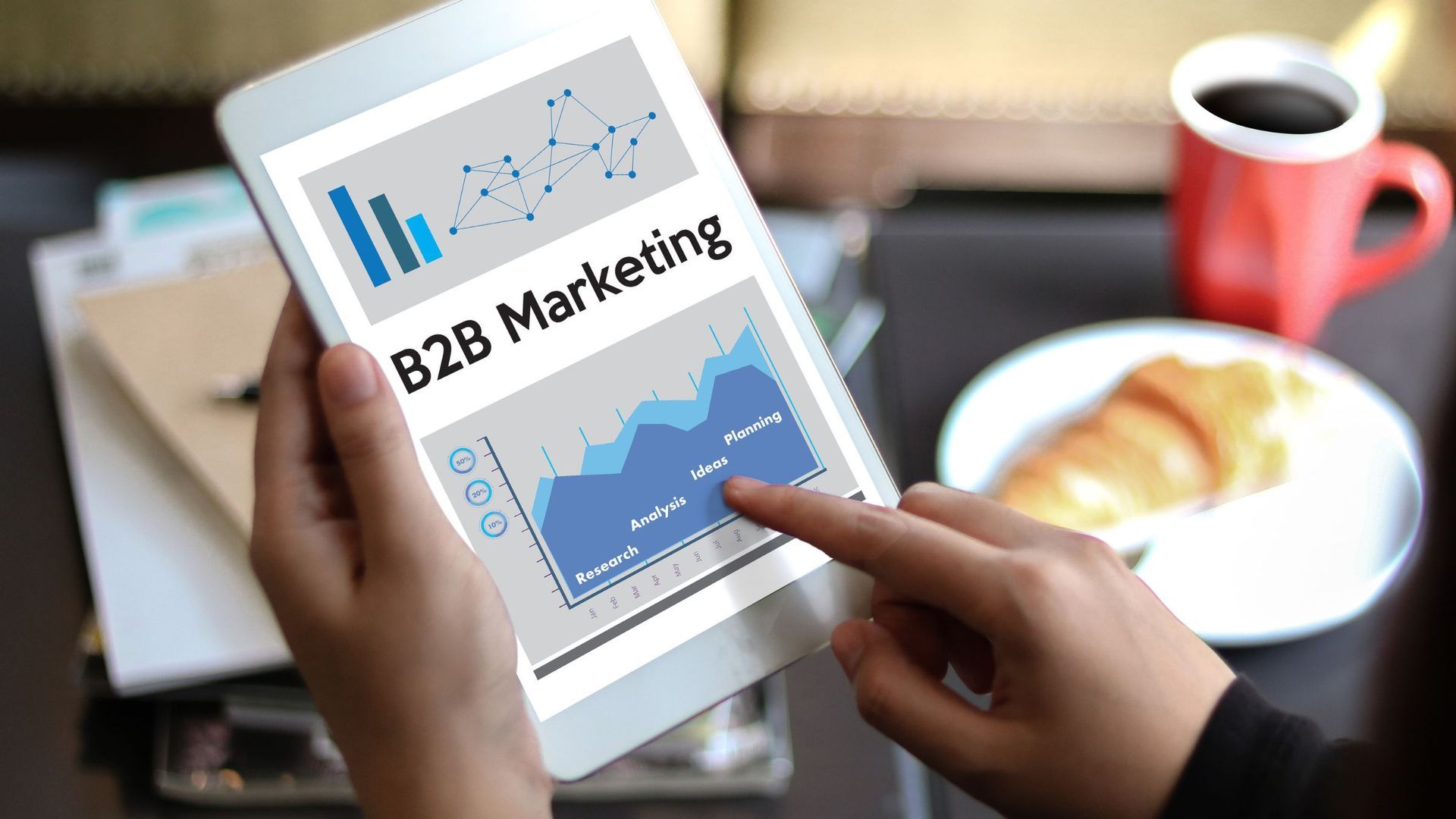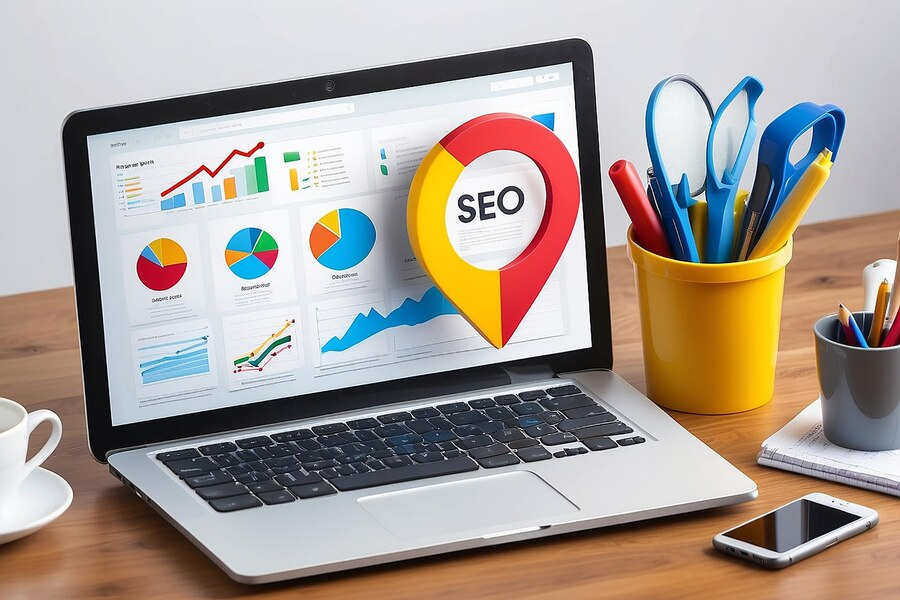222 Capitol Street, Suite 522
Charleston, WV 25301

FACEBOOK ADS FOR 2022
Introduction to Facebook Advertising in 2022
There’s a great deal to be gained in terms of business revenue if you are able to masterfully optimize your Facebook Ads.
Facebook advertising has become one of the most popular sources of traffic to websites. Its advertising is one of the most powerful tools for marketers. It can be highly effective in reaching your target audience because it allows you to connect with them on a personal level. With Facebook’s new business model, advertisers now have the option of purchasing ads as they were before.
A Facebook advertising platform can help businesses achieve their marketing goals by delivering more relevant traffic, allowing them to create a better user experience and providing a better return on their investment.
Facebook advertising is transforming today, as are other forms of
digital marketing. It’s not just about the traditional banner ads that we see on Facebook these days, but also about building relationships with people for many different reasons – whether it’s to drive traffic to your
website
or to build brand awareness.
Marketers are exploring social media advertising more and more, especially since Facebook has launched its own suite of ad products.
What are Facebook Ads?
Facebook ads are an ad format that has been provided by Facebook to businesses, which will allow them to target their audience. With this ad format, advertisers can also increase the number of their clicks through ad targeting.
Facebook is one of the largest social media platforms in the world with over 1 billion active users. This makes it an ideal place for advertising marketing. By 2022, more than 80% of people will use social media networks for their digital marketing needs. With this shift in consumer behavior, advertisers may turn to other platforms like Instagram and Snapchat in order to reach their target audiences. However, Facebook will remain the go-to platform when it comes to reaching consumers on social media.
Facebook ads are designed in a way that will allow advertisers to target their audience based on demographics, location, interests, and behaviors.
Why Use Facebook Ads?
It seems the more appropriate question to ask is “why not Facebook”?
The sheer number of people you can potentially reach can be reason enough for many. With more than 2.7 billion monthly active users, it’s virtually impossible for your brand not to get noticed. With this many users, your immediate concern becomes figuring out how to reach the audiences that are most relevant to your business.
This is where the targeting options come in. Facebook advertising allows targeting not only by geographical location, ethnicity, and age, but even by desires, habits, life activities, and many other factors. These dimensions help refine your ad targeting; so that they’re sure to reach the most relevant customers for your business.
Top Facebook Trends That Will Make It In 2022
1.
Facebook Live
For businesses that have a limited advertising budget, Facebook Live can be an excellent marketing tool to drive awareness and increase sales.
This trend won’t be going away soon as Facebook users are known to watch videos daily—100 million videos to be exact.
Facebook statistics also show that businesses who use Facebook Live to promote or sell their products receive not less than 178% higher than average post engagement. It is also said that Facebook Live has been performing well compared to pre-recorded videos.
2. Engaging Potential Customers with Stories
Facebook has over 1 billion stories shared daily. It’s so popular that even Mark Zuckerberg himself thinks stories play a massive role in the future of social media for a variety of reasons.
Facebook users consider Stories as the new newsfeed—Facebook users are now consistently sharing their everyday events in their stories. And as stories happen in real-time, sharing comes almost instantaneously.
One of the biggest benefits of Facebook Stories is that they work extremely well with smartphones—this makes them highly suited to today’s users.
3.
Customer Journey Tracking
If you want to understand your customers on a deeper level, then journey mapping is a critical process that needs to be done right.
Facebook’s new attribution tool has made it easy for businesses to track their customer’s online journeys. Unlike current methods, the tool allows you to view touchpoints such as landing pages, posts, reviews, and ads that lead to a specific purchase.
In a nutshell, it provides business leaders with a clearer picture of the whole customer journey which allows them to measure the value of individual sales channels.
4.
Personalized Video Ads
Using personalized videos as a marketing tool is rooted in the fact that Facebook videos get 135% more organic reach than images.
Therefore the popularity of Facebook videos ads doesn’t seem to be slowing down any time soon, which is why 46% of marketers are adding videos to their digital marketing efforts in the immediate future.
5.
Chatbots
As of 2021 alone, there are 100,000 active bots monthly on Facebook Messenger and it is clear that it will further grow in 2022. Businesses utilize them in many ways although customer service remains to be the main reason for a chatbot application.
To successfully use chatbots, there are several things you should remember:
Make your customer’s chatbot experience fee as personal as possible—let’s face it, nobody likes talking to bots that have the same reply for every question.
Don’t be afraid to make it simple. The faster they can get the information the happier they will be.
Accept the fact that chatbots are no magic pill. Sometimes you’ll hit snags along the way and that’s okay.

Key Takeaways
Facebook advertising is the most affordable and result-driven place to get started on promoting your business. Winning the game of getting noticed by your audience isn’t about how much you can spend on flashy marketing campaigns, but more about figuring out the most efficient strategy for you.
These key takeaways might help you optimize your ads and make the most out of your next Facebook ad campaign:
1.
Always keep yourself updated with changes in the industry and with your market. Keeping an eye out for these changes allow you to adapt quickly and stay ahead of your competitors.
Make sure to align everything with your objectives. Whether it’s optimizing your ad schedule, placement, and even the messaging, it’s important these are based on your overall marketing objectives.
2.
Use the right ad format to match your objectives. And on top of that, matches your audience’s interests as well. What content formats are they highly engage with right now? Always take time to assess your audience’s needs and adjust accordingly.
3.
Test everything before starting another campaign. The numbers will tell you what’s working for you and what areas you can improve on.

Main Office
222 Capitol Street, Suite 522
Charleston, WV 25301
other offices
48 1/2 Second Ave, Williamson, WV 25661
20 Clinch Mountain Ave, Lebanon, VA 24266,
Contact
DIGITAL MARKETING SERVICES
All Rights Reserved | Ideation Digital
Private Policy
All Rights Reserved | Ideation Digital
